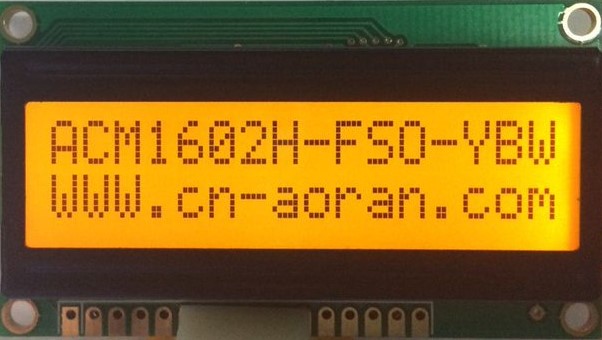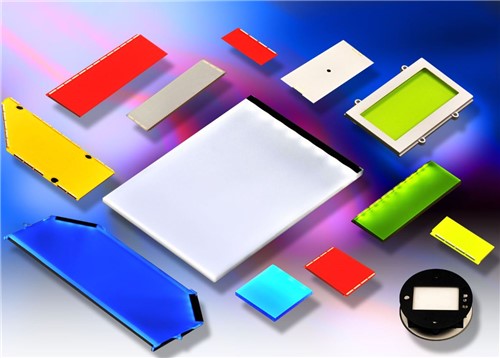Now we present you a guideline to select a LCDs to meet your requirements in
many aspect, such as cost, performance, and utility, etc, hope it can help you
have a good understanding on the characteristics and property of a LCDs.
Here we categorize LCDs from different prospective of application as
followings:
1.Table 1
| Display type | Reflective | Transmissive | Transflective |
| Application location | Bright circumstance as always | Dim or dusky circumstance | Sometime in a bright circumstance, and sometime in a dusky circumstance |
| Contrast ratio | Very good | Very Good with backlit | Good in bright circumstance, good in dusky circumstance if with a backlit |
| Power consumption | small | high | Average |
| backlit | No need | necessary | Necessary in dusky circumstance |
| Cost factor | lower | lower | Higher (expensive polarizer ) |
2. Table 2
| Display mode | negative | positive |
| character | White character in black background | Black character in white background |
| backlit | necessary | Depend upon the operation circumstance (transflective type) |
| cost | higher | lower |
| contrast | good | better |
3.Table 3
| Operationalmodeduty | TN | HTN | 180 twist STN | 220 twist STN | 240 twist STN |
| 1/1-1/8 | ● | ||||
| 1/8-1/16 | ● | ● | ● | ||
| 1/16-1/64 | ● | ● | |||
| 1/64-1/240 | ● | ||||
| 1/240-1/480 | ● |
Note:
1). For a good contrast, the T-V curve should be steeper enough, as the duty increase,
a steeper T-V curve is required. From TN to 240 twist STN, the steepness of T-V curve
gets steeper and steeper.
2) From TN to 240 twist STN, the response time become slower and slower, but the
contrast gets better and better, and view cone gets wider and wider if the duty is
determined, but the cost of LCD gets higher and higher as well.
4. Table 4
| Correlation | 6 o’clock | 12 o’clock | 9 o’clock | 3 o’clock | others |
| View form up | ● | ||||
| View from down | ● | ||||
| View from left | ● | ||||
| View from right | ● | ||||
| View from other direction | ● |
Note:
Hereby inform you the most used term of view angle in LCD sector, hope can benefit
your communication during your business contact.
Pls fill up the form for your business contact based the knowledge above.
Sample order requirement form
1) Display mode
a. Positive b. Negative
2) Display type
a. Reflective b. Transmissive c. Transflective
3) Operational mode
a. TN b. HTN c. 180 twist STN d. 220 twist STN e. 240 twist STN
4) Display mode( here only applicable for STN)
a. yellow and green mode b. blue mode c. gray mode e. FSTN mode
5) Driving condition
Duty: Bias: Frequency: Vop:
6) Viewing angle
a. 6 o’clock b. 12 o’clock c. 9 o’clock d. 3 o’clock e. others
7) Operation temperature Range
a. Normal temperature ( 0 C————-60C)
b. Wide temperature (-20C————70C)
c. Super wider temperature( -30C——80C)
8) Connection method
a. Pin b. Elastic rubber c. Heal seal paper
9) LCD thickness
a. 1.1×2 mm b. 0.7X2 mm c. 0.55×2 mm d. 0.4×2 mm
10) Colour
a. Monochrome b. Printing colour c. Multi-colour( CIE mixing colour)
11) LCM
a. COB b. TAB c. COG d. COF
After you fill out this form, we can design a LCD or LCM perfectly meet your all
kinds of requirement, pls take into consideration of cost, performance, and utility
as an integral consideration.











